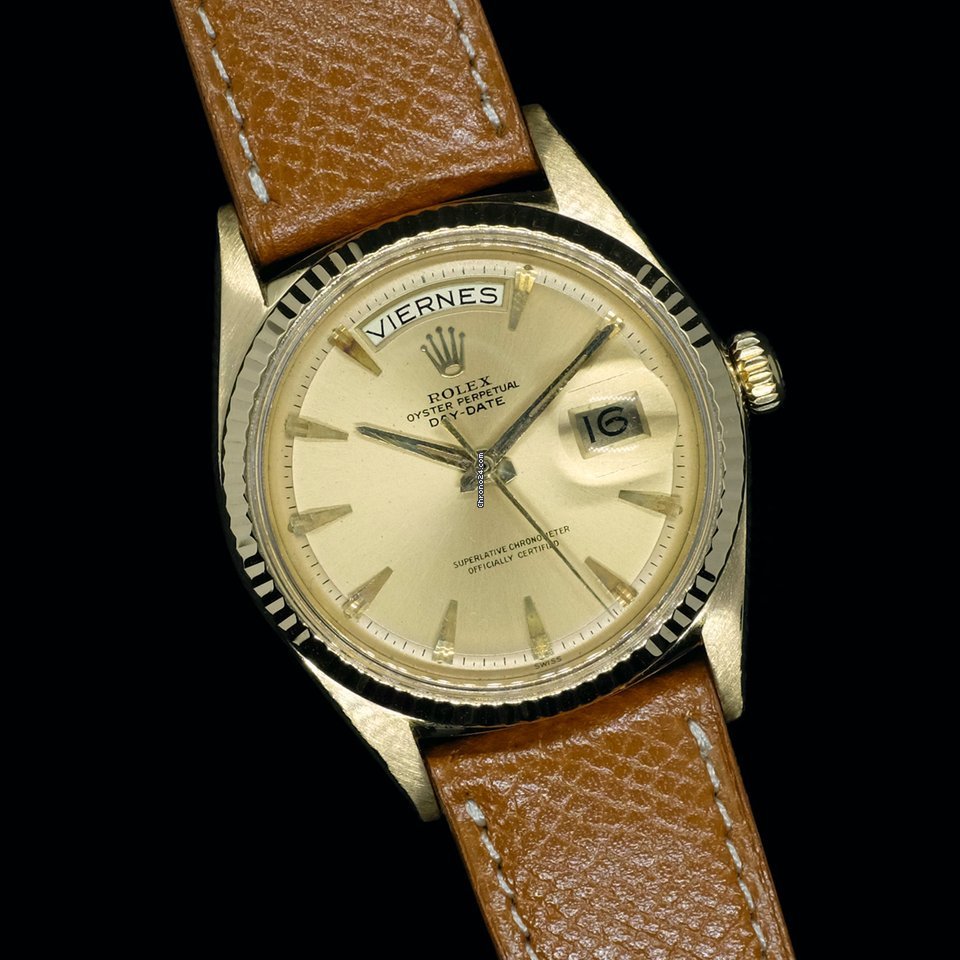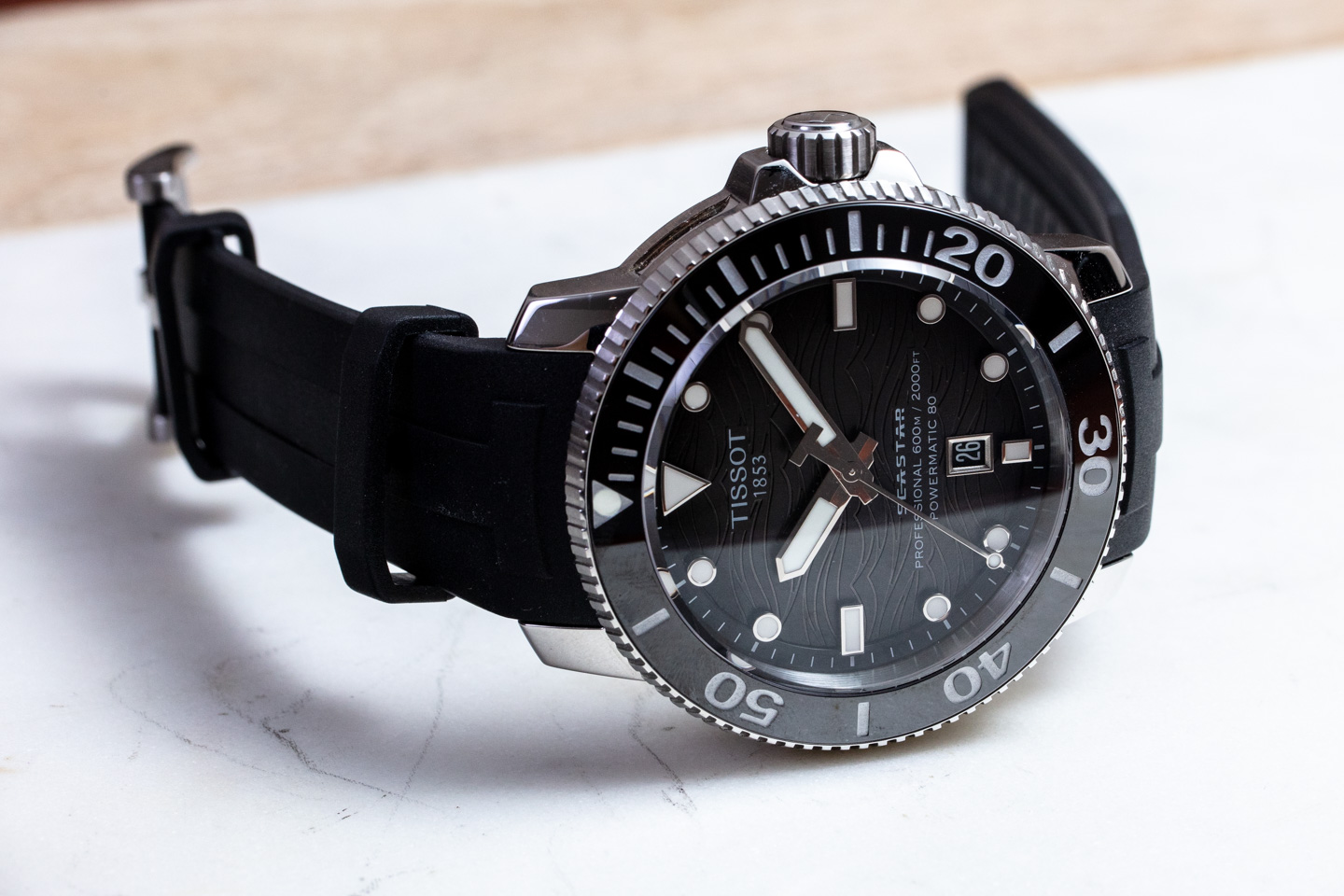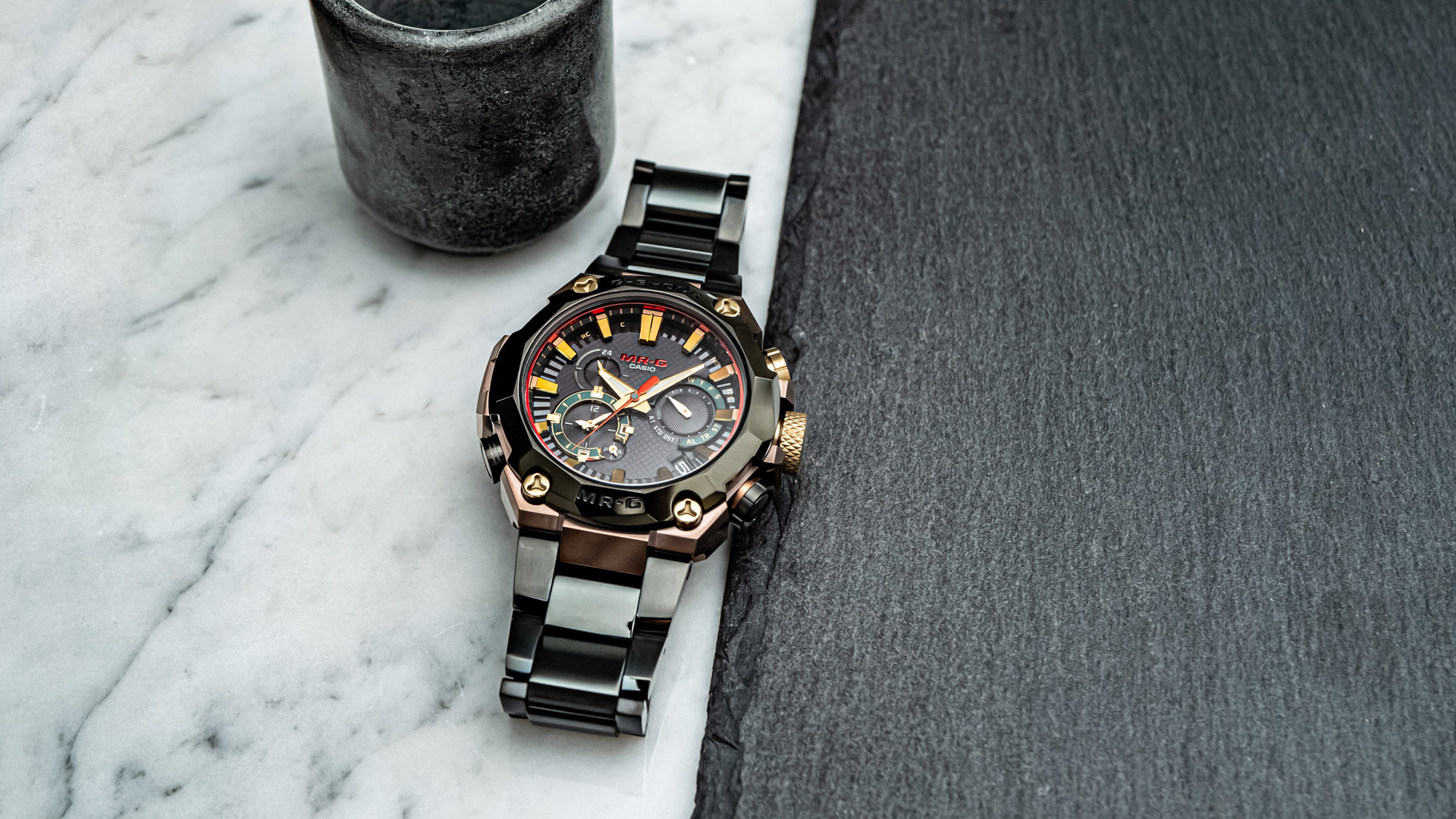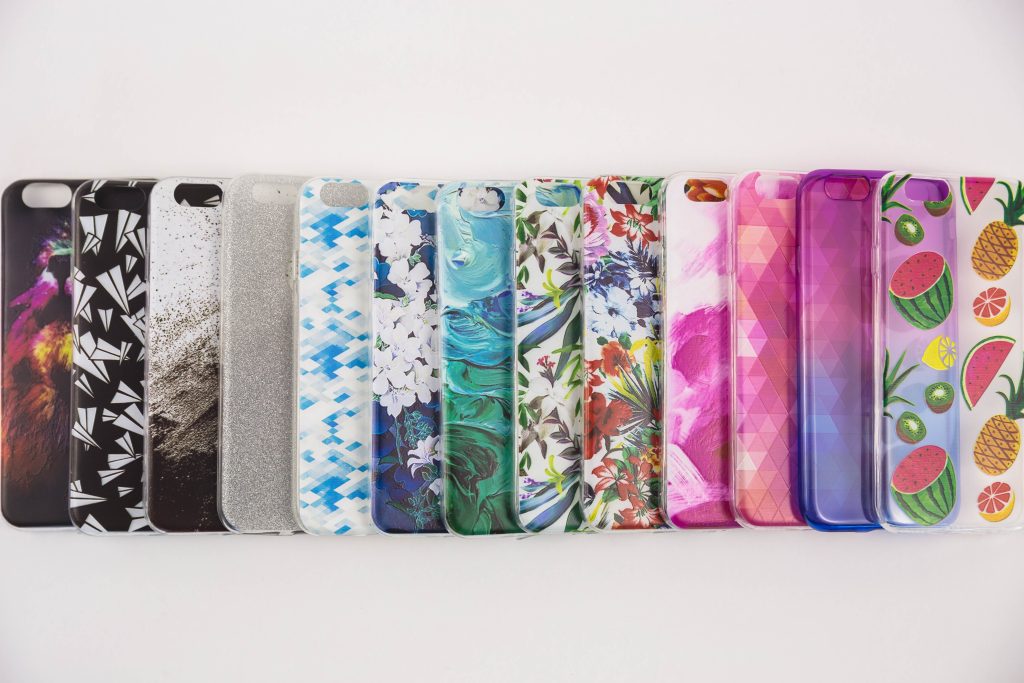In a world where technology advances at lightning speed, the art of watchmaking stands as a testament to time-honored traditions, meticulous craftsmanship, and innovative materials. From the simplest of timepieces to the most intricate of haute horology creations, each watch tells a unique story that transcends mere functionality. As we strap on our wristwatches each day, we often overlook the complex interplay of design, engineering, and artistry that goes into creating these miniature marvels. Join us on a journey through the realm of timepieces, where we will unravel the fascinating materials—from precious metals to cutting-edge ceramics—that shape their forms. We will delve into the craftsmanship that transforms raw elements into enduring symbols of style and precision. Together, we will explore the nuances that distinguish one watch from another and celebrate the enduring allure of horology as an intersection of art and science.
Exploring the Rich Tapestry of Watch Materials and Their Unique Qualities
Watchmaking is as much an art form as it is a science, with materials playing a critical role in both functionality and aesthetics. **Stainless steel**, the quintessential choice for many timepieces, combines durability with a sleek finish. Its **resistance to corrosion** makes it ideal for everyday wear, while its polished surface lends an air of sophistication. For those seeking a touch of luxury, **gold and platinum** bring a sense of opulence, each imparting their unique hues and weights to the watch. **Titanium**, on the other hand, appeals to those who crave lightweight comfort, boasting an incredible strength-to-weight ratio alongside hypoallergenic properties. Furthermore, the advent of **ceramics** in watchmaking introduces a modern twist, offering vibrant colors and scratch resistance, all while remaining incredibly lightweight.
Furthermore, the choice of materials often extends beyond the case and band to the very heart of the watch. **Sapphire crystal** is the go-to for watch faces due to its remarkable clarity and resilience, minimizing the risk of scratches that could mar its readability. The internal components also vary significantly; **mechanical movements** often feature intricate parts crafted from rare metals and alloys designed to enhance precision while demonstrating the watchmaker’s craftsmanship. Additionally, the use of **mineral glass** in more affordable timepieces ensures that quality remains accessible without sacrificing durability. Each material contributes not just to the watch’s performance but also to a unique narrative—woven from the threads of innovation, tradition, and the personal stories of those who wear them.
Mastering the Art of Craftsmanship: Techniques That Define Exceptional Timepieces
At the heart of every exceptional timepiece lies a commitment to craftsmanship, where intricate techniques are meticulously employed to ensure not just functionality but also artistry. **Hand-finishing** plays a vital role, where artisans dedicate hours to perfecting each component to achieve a balanced interplay of light and shadow on the finished surface. In addition, **engraving**, often seen on the case backs or dials, adds a personalization that speaks not only of technical skill but of an individual story infused into the watch. Other techniques such as **micro-sandblasting** and **CNC machining** ensure precision in every detail, enabling the creation of complex shapes and ornate designs that stand the test of time.
Moreover, the selection of materials is integral to the overall craftsmanship of a watch. **Stainless steel** remains a popular choice for its durability and resistance to corrosion, while **platinum** and **gold** offer a touch of luxury, appealing to those seeking elegance in their timepieces. Innovations in materials like **sapphire crystal** have revolutionized watch faces, providing exceptional clarity and resistibility against scratches. Each material not only contributes to the watch’s aesthetic but also to its performance, leading to a harmonious blend of form and function. To illustrate the differences in material properties, consider the following table that summarizes key aspects:
| Material | Properties | Typical Uses |
|---|---|---|
| Stainless Steel | Durable, Corrosion-Resistant | Case, Bracelets |
| Sapphire Crystal | Scratch-Resistant, Clear | Watch Face |
| Gold | Luxurious, Malleable | Cases, Details |
| Platinum | Heaviest, Rare, Valuable | Limited-Edition Watches |
Choosing the Perfect Timepiece: A Guide to Materials and Design Considerations
When embarking on the journey to select your ideal timepiece, understanding the materials and design elements is paramount. The craftsmanship that goes into creating a watch not only affects its aesthetic appeal but also its durability and functionality. Stainless steel is a popular choice for many due to its strength and resistance to corrosion, making it suitable for both everyday wear and special occasions. For a touch of sophistication, gold watches exude luxury, while those seeking a modern appeal might opt for titanium or ceramic, which offer lightweight comfort and a contemporary finish.
In addition to materials, design features play a crucial role in a watch’s charm and usability. Consider the following aspects when making your choice:
- Dial Layout: A clean, easy-to-read dial enhances functionality.
- Case Shape: Options like round, square, or tonneau can reflect personal style.
- Strap Variations: Leather, metal, or fabric straps can radically change a watch’s vibe.
- Water Resistance: Essential for sports enthusiasts or those living in wet climates.
To further illustrate some of these elements, here’s a brief comparison of popular materials used in watchmaking:
| Material | Properties | Best For |
|---|---|---|
| Stainless Steel | Durable, resistant to rust | Everyday wear |
| Gold | Luxurious, timeless appeal | Formal occasions |
| Titanium | Lightweight, high-strength | Sports and active lifestyles |
| Ceramic | Scratch-resistant, modern look | Fashion-forward choices |
Choosing a watch that blends personal style with practicality involves balancing these materials and design considerations to ensure that your timepiece stands the test of time, both in function and fashion.
The Conclusion
As we conclude our journey through the intricate world of timepieces, it becomes clear that the artistry of watchmaking transcends mere functionality. Each watch is not just a tool for keeping time, but a harmonious blend of materials and craftsmanship that tells a story of innovation, culture, and human ingenuity. From the gleam of stainless steel to the warmth of leather, and from the finesse of intricate movements to the boldness of modern designs, every element contributes to a watch’s unique identity.
In an age where technology often overshadows traditional craftsmanship, the allure of a meticulously crafted watch serves as a reminder of the value of patience, skill, and artistic expression. As we adorn our wrists with these timepieces, we carry with us not only the ability to measure time but also the legacy of those who painstakingly create these mechanical marvels.
Whether you are an enthusiast or a casual admirer, the world of watches invites you to appreciate the delicate interplay of materials and the stories etched within each tick and tock. As we part ways, may your journey through the realm of horology be filled with inspiration, curiosity, and a deepened appreciation for these remarkable symbols of time. After all, in every watch lies a universe of craftsmanship waiting to be unveiled.




















Comments